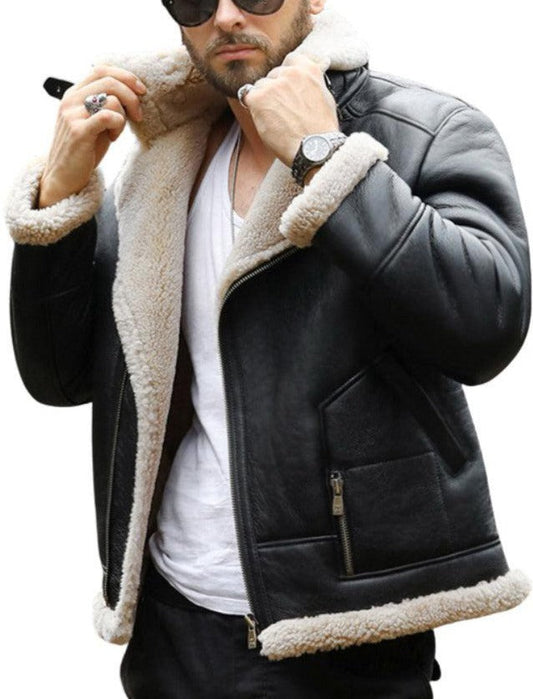What is corrected leather? (A Detailed Analysis)

Corrected leather is refined to create a perfect surface, it is a rather strong and flexible material. Its finish is consistent and smooth; it has no natural flaws. Though tough, it stays soft and easy to maintain. Corrected leather offers both style and utility to busy homes or high traffic areas.
How Corrected Leather is Produced?
Corrected leather begins with the selection of hides possibly including defects like scars or wrinkles. Sanding or surface buffing gets these defects out. To give the leather an even, consistent color, a layer of pigment is laid on following this. Usually, it replicates a natural leather texture using an embossed grain pattern. At last, the leather receives a protective finish to increase its durability, so making it stain, wear, and scratch free. This process creates a consistent, durable leather that is easy to care for.
Features of Corrected Leather
Corrected leather offers a unique combination of easy care, durability, and style. The salient features of it are discussed here:
Smooth and Uniform Surface
Corrected leather gets sanding and pigment application to produce a perfect, consistent surface. From this consistency, it has an elegant, polished look—best for those seeking a sleek finish.
High Durability
The surface treatment strengthens the leather, so increasing its resistance to daily use, stains, and scratches. This is a sensible option for hectic surroundings and regular use.
Easy to Clean and Maintain
Its painted surface makes cleaning and maintenance easy since spills or dirt can be fast eliminated. Families, pet lovers, or busy traffic areas would find this feature perfect.
Types of Corrected Leather
Corrected leather has several forms and surface treatments. These variants satisfy several functional needs and aesthetic tastes; thus they are flexible for many purposes.
Embossed Corrected Grain
This type replicates the natural grain of leather by means of an artificial embossed pattern. The embossing adds to texture and appearance, so giving the leather a rich feel even while preserving durability
Smooth Corrected Grain
Reduced texture and a polished, flat surface define smooth corrected grain leather. This elegant, polished finish appeals modernly to people seeking a neat, basic look.
Other variations could be printed corrected leather and pigmented corrected leather.
Corrected Grain Leather vs. Genuine Leather
Genuine leather and corrected grain leather differ mostly in look, feel, and durability. Correcting grain leather by sanding and pigment application helps to remove defects, so creating a smooth, consistent surface. Excellent for heavy traffic, it is also rather robust, wear-resistant, and easy to clean.
Genuine leather comes from less-quality hides, genuine leather lacks its polish and preserves more natural qualities than corrected grain leather. It looks more natural, but its surface defects are more evident and it may not be as durable or easily maintained.
Corrected Leather vs. Full-Grain Leather
Corrected and full-grain leather varies in processing and quality greatly. Correcting leather by sanding and pigment application results in a smooth, homogeneous surface by means of flaw removal. Despite its strength and simplicity of cleaning, it lacks the natural texture and character of full-grain leather.
On the other hand, since it preserves the natural grain, marks, and defects, full-grain leather is the best quality leather. It gives more strength and breathability and over time forms a rich patina. Corrected leather is a more reasonably priced, low-maintenance option; full-grain leather is more expensive and requires more care.
Conclusion:
Ultimately, corrected leather provides a reasonably priced, low-maintenance solution with a polished appearance for those looking for this. Its smooth surface, great durability, and simple care make it ideal even if it lacks the natural character of full-grain leather. Corrected leather has fashion and utility for furniture as well as for clothes.
No comments
- Choosing a selection results in a full page refresh.






















comments